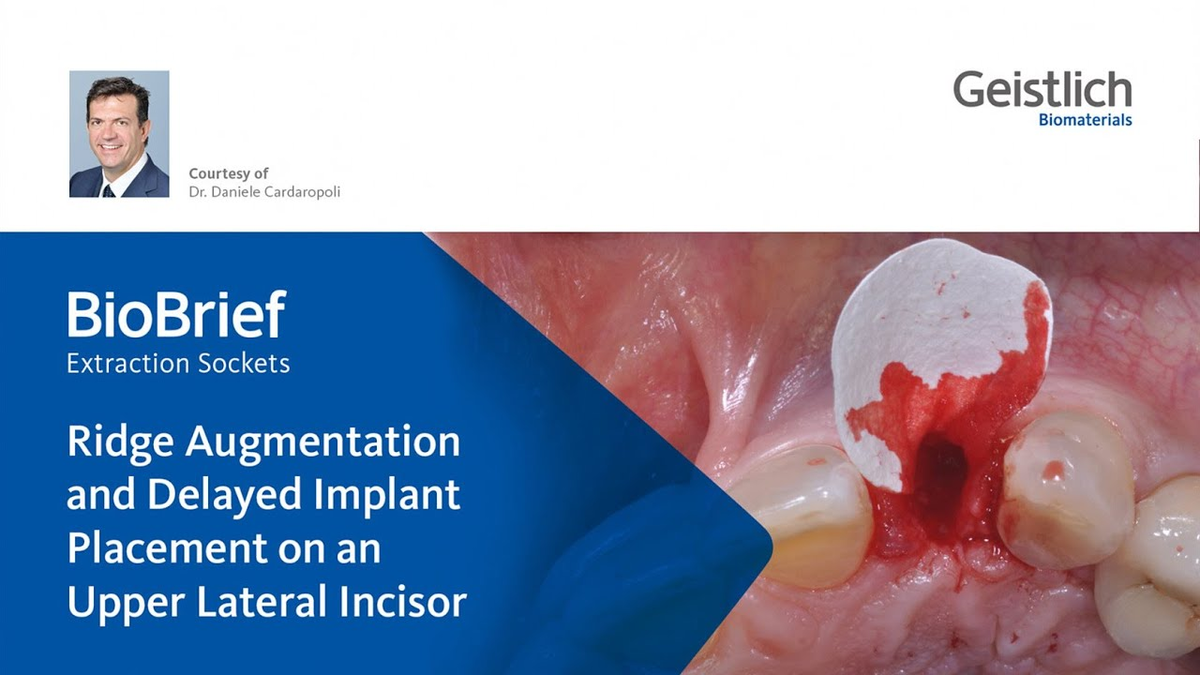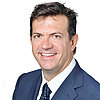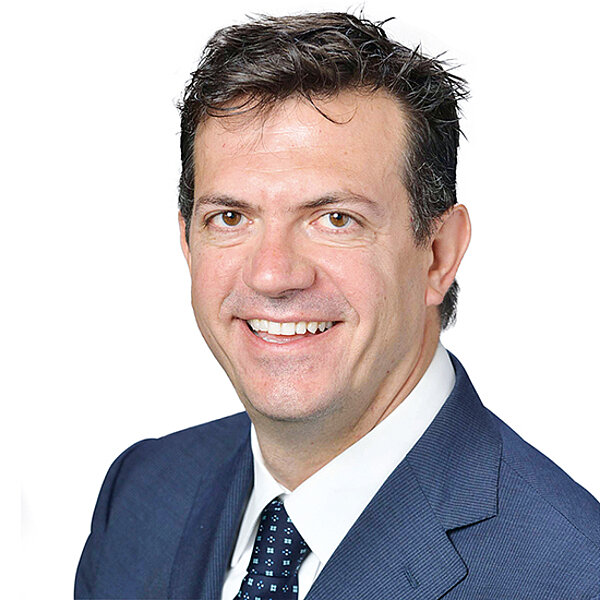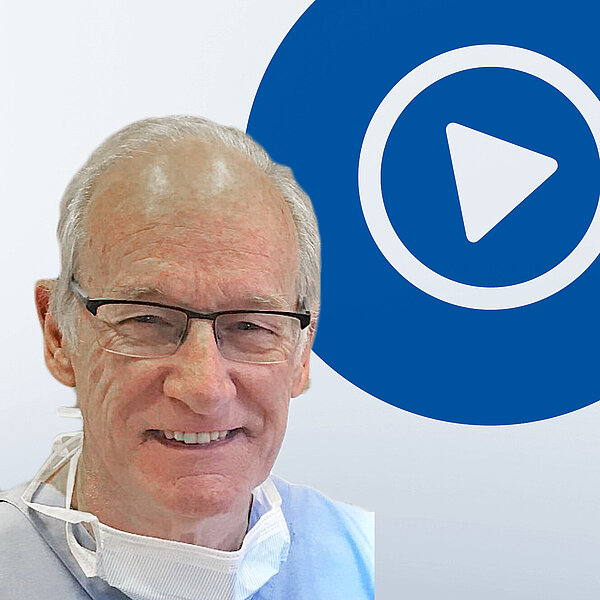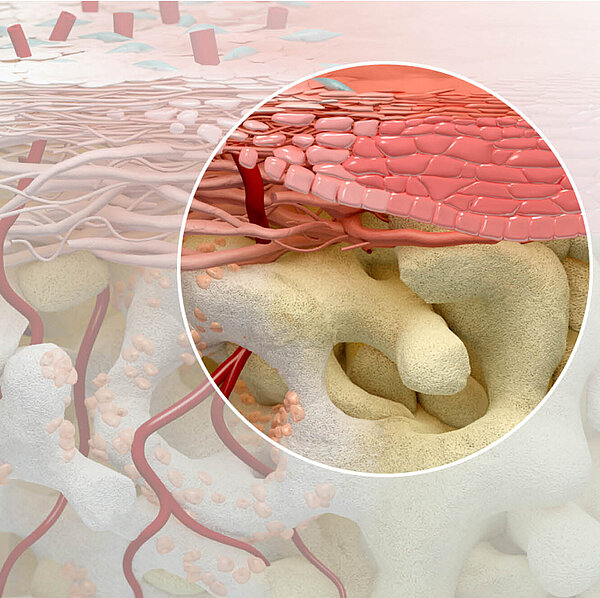
Ridge augmentation in delayed implant placement
BioBrief - Extraction Sockets
The Situation
An adult female patient presented with an endodontic/prosthetic failure on the maxillary left lateral incisor. The patient‘s request was to have a definitive implant-supported single crown. The clinical situation revealed recession of the free gingival margin, while the CBCT evaluation showed the missing buccal bone plate, which contra-indicated an immediate implant placement. The treatment plan included a staged approach with a ridge augmentation procedure at the time of tooth extraction, in order to recreate the buccal bone plate and reduce the gingival recession. By moving the free gingival margin, keratinized tissue was gained through an open-healing approach.
The Approach
The treatment goals were to improve the soft-tissue levels and regenerate the buccal bone plate. After performing a flapless extraction procedure, a specifically designed resorbable bilayer collagen membrane, Geistlich Bio-Gide® Shape, was inserted into the socket with the long wing in contact with the buccal surface and the smooth, compact upper layer facing outward. The alveolus was then grafted with Geistlich Bio-Oss® Collagen. The three smaller wings of the membrane were folded on top of the graft material and sutured to the surrounding soft-tissue, allowing for open-healing.
The Outcome
This case demonstrates how it is possible to improve the clinical and esthetic situation that was presented at baseline. Despite missing the buccal bone plate and the recession of the free gingival margin, the ridge augmentation procedure performed with the combination of Geistlich Bio-Gide® Shape and Geistlich Bio-Oss® Collagen was able to create a positive volume of the ridge, allowing for a prosthetically guided implant placement.
Keys to Success
- Minimally invasive, flapless extraction
- Immediately grafting the fresh extraction socket with Geistlich Bio-Oss® Collagen
- Protection of the bone substitute material with Geistlich Bio-Gide® Shape
- Proper adaptation of Geistlich Bio-Gide® Shape on the buccal surface of the alveolus
- Open-healing capability of Geistlich Bio-Gide® Shape
- Prosthetically driven implant placement
